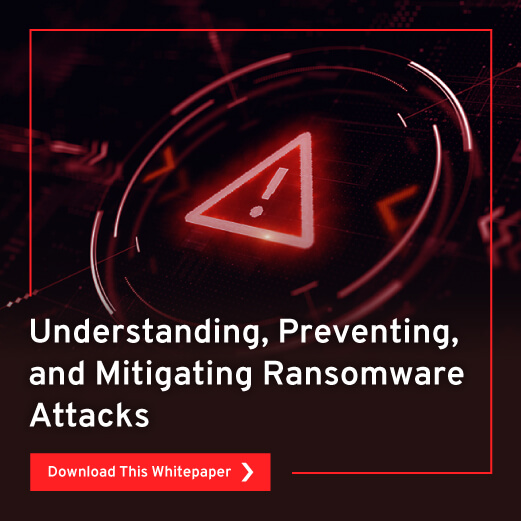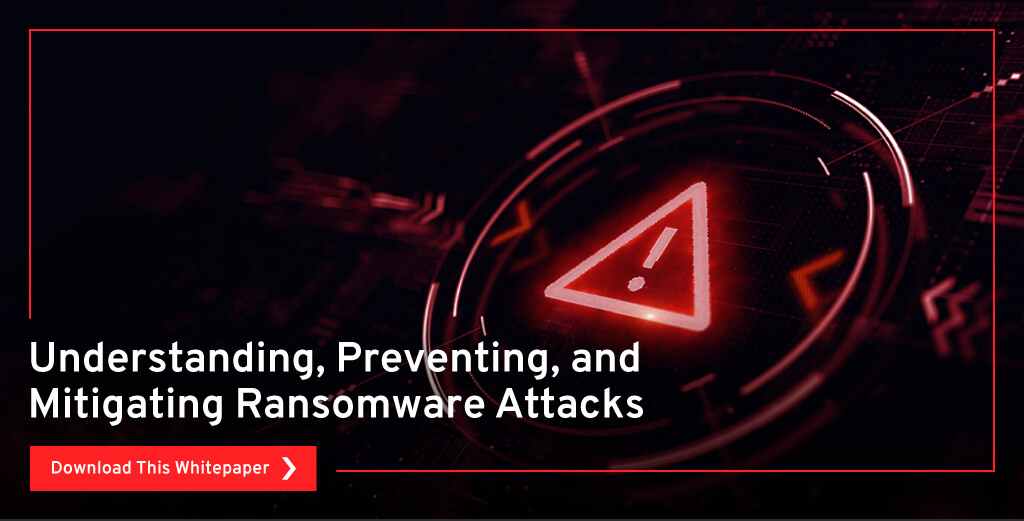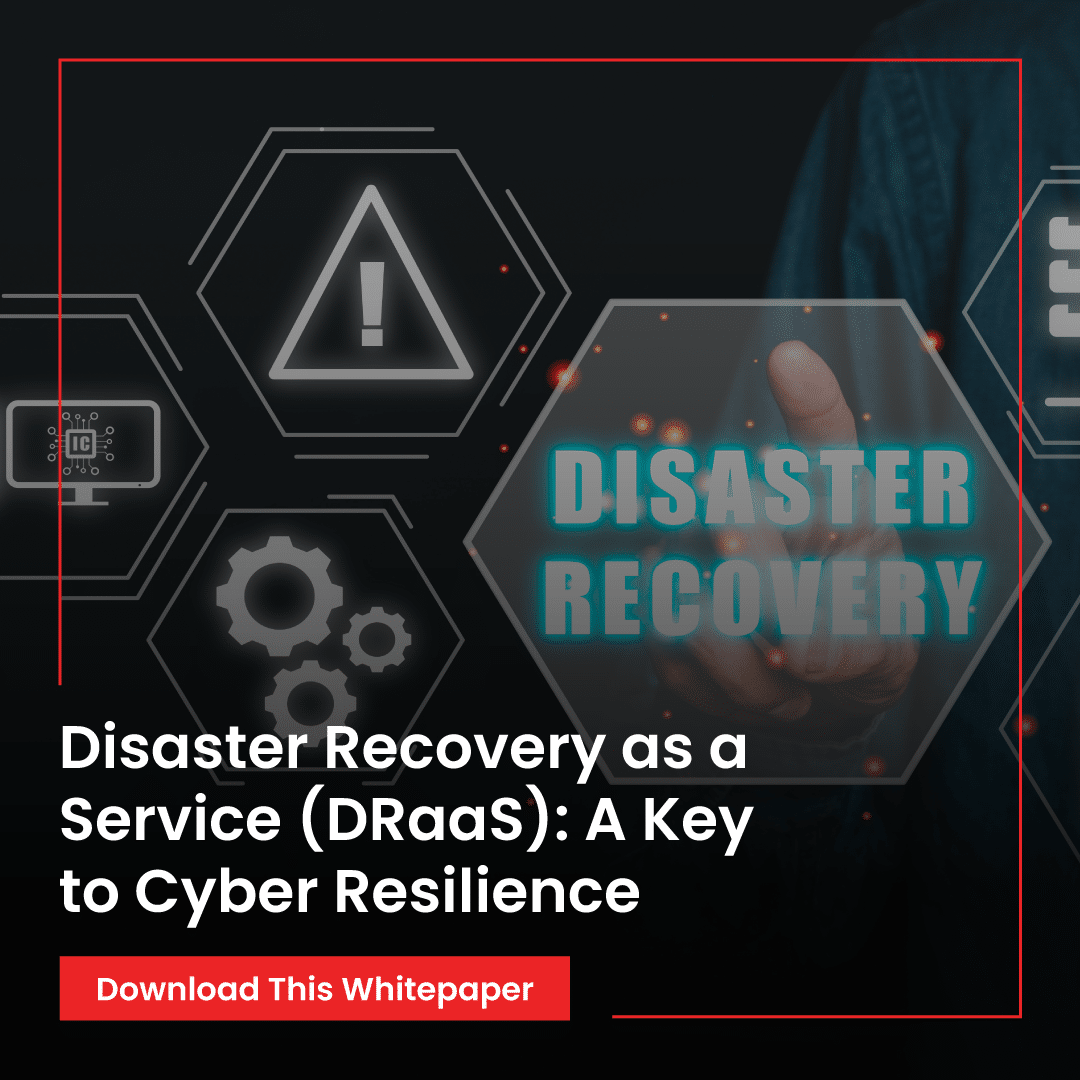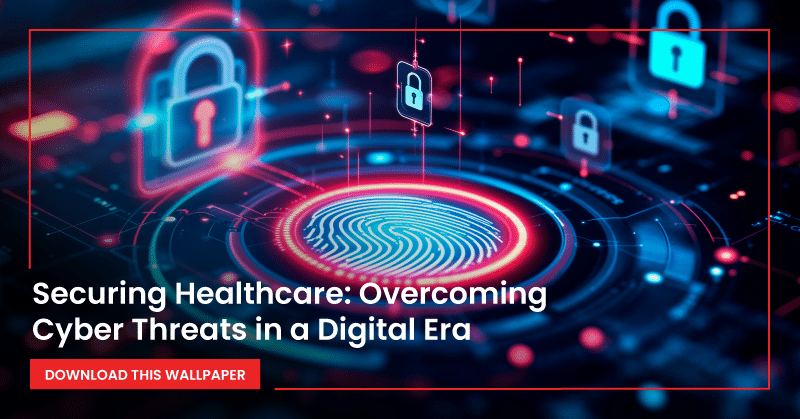Understanding, Preventing, and Mitigating Ransomware Attacks
The year 2021 saw a surge in the number of ransomware incidents. As many organizations move their applications, data, and IT operations to the cloud and connect more and more devices to the Internet of Things, their attack surfaces have expanded. In addition to their various business benefits, technologies like the cloud and the Internet of Things provide cybercriminals with new attack vectors and vulnerabilities to exploit, including by launching ransomware attacks. To infect systems with ransomware, threat actors are adopting increasingly sophisticated tools, techniques, and strategies, such as streamlined ransomware-for-hire services that will engage with targets and automate the attack process for the right price. In the future, ransomware groups will likely continue to target employees who work remotely, rather than focusing primarily on corporate office networks, resulting in a diversification of ransomware threats as time goes on. This white paper explains the stages of a ransomware attack, reviews current trends and recent statistics in ransomware, and discusses the actions organizations can take to prevent ransomware attacks and mitigate their consequences.









